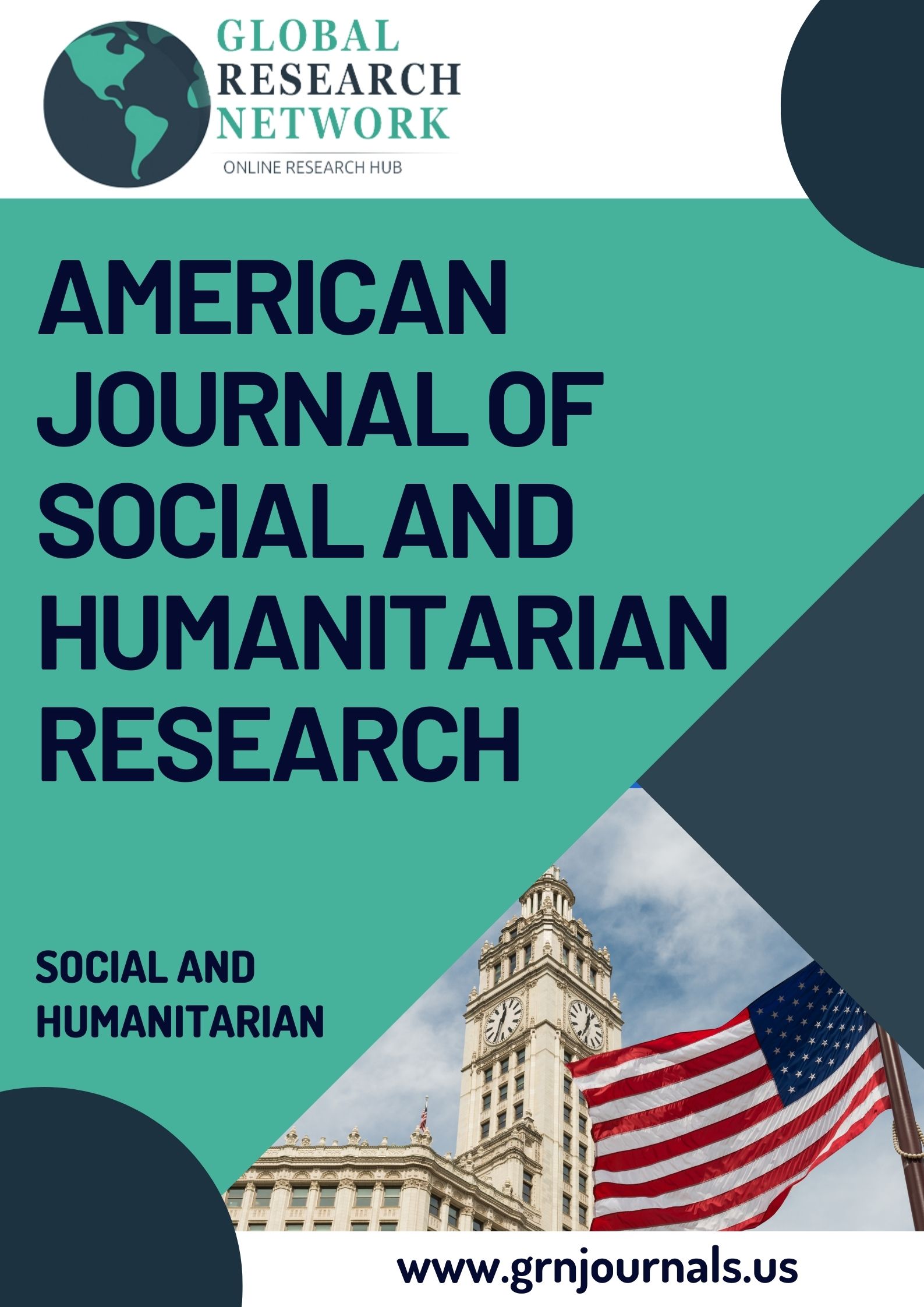The Main Role of Psycholinguistics in Language Learning
DOI:
https://doi.org/10.31150/ajshr.v3i3.940Keywords:
psycholinguistics, ELT, method, perception, approach, language skillAbstract
This article discusses main principles of psycholinguistics and the role of it in language learning. Psycholinguistics has provided numerous theories that explain how a person acquires a language, produces and perceives both spoken and written language. The theories have been used in the field of language teaching. Some experts use them as the basic theories in developing language teaching methods. It is known as psycholinguistics approach. Psycholinguistic approach views learning as a cognitive individual process happening within the individual and then moves to the social dimension.
References
Alduais, A. M. S. (2012). Integration of Language Learning Theories and Aids Used for Language Teaching and Learning. A Psycholinguistic Perspective. Journal of Studies in Education, Vol 2, No. 4.
Chaer, A. (2015). Psikolinguistik: Kajian Teori. Jakarta: PT RinekaCipta
Claros, M.S.C. (2008). Psycho-linguistic and socio-cultural approaches to language learning: A never ending debate. Colombian Applied Linguistics Journal, 10(1), 142-154.
Demirezen, M. (2004). Relation between Psycholinguistic Approach and Foreign Language Learning and Teaching. OndokuzMayisUniversitesiFakultesiDergisi, 17, 26-36.
Field, J. (2004). Psikolinguistics. The Key Concept. London: Routledge.
Harmer, J. (2001). The Practice of English Language Teaching. Third Edition. London: Longman.
Harras, K. A., &Bachari, A. D. (2009). Dasar-dasarPsikolinguistik. Bandung: Universitas Pendidikan Bandung Press.









